Japan travel planning: resources, expenses, when, where, books, films, essays, payment | cancellation policy
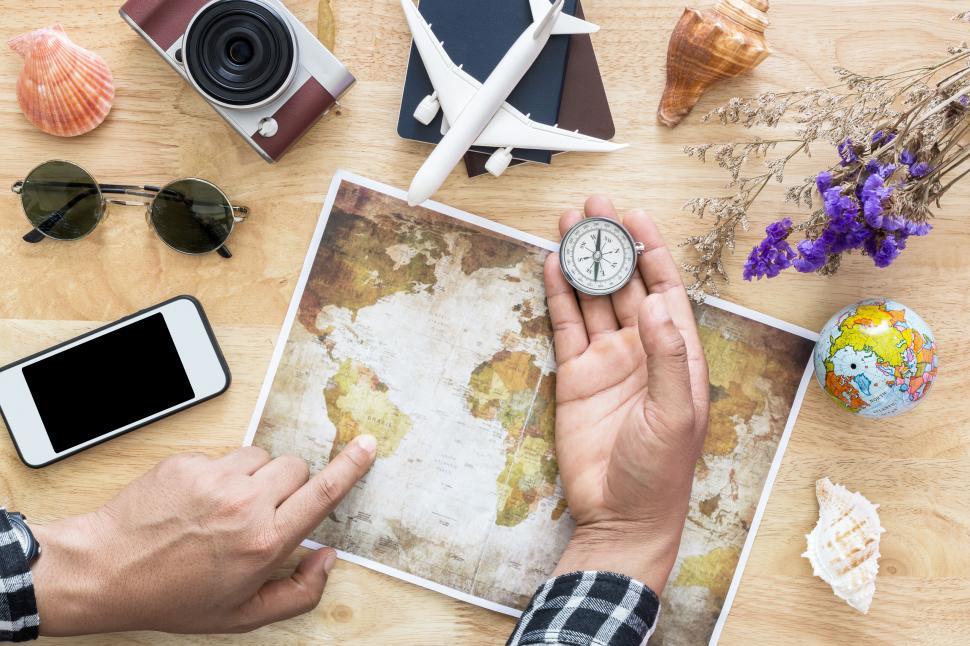
Excellent international private travel, whether to Japan or elsewhere, is all about planning & learning. And smart, affluent international travelers usually consider the services of an expert travel designer (like Ian Martin Ropke, since 1990) for a private tour package, a few days in Tokyo, or for a great off-the-beaten-track adventure. YJPT's tour & travel services are all retail priced and that makes it easy for you, the traveler, to choose what you neend and what you can afford. Learn more!
Never underestimate or overestimate the differences between your culture & Japanese culture (old & new). Your Japan Private Tours (YJPT) founder, Ian Martin Ropke, has been saying this for over 30 years: "The most exotic country on earth is without a doubt Japan." For the best Japan trip or vacation, plan ahead and familiarize yourself with the logistics and travel possibilities of moving around in Japan.
Your travel goals are YJPT's design goals: 1. To save you time (and money). 2. To improve the quality of your travel time from morning to night. 3. ith everything designed for who the client is and how the client likes to travel. Pretty simple, when you think about it. Learn more!
And please remember that Japan is an information-overload experience for most foreign travelers. You don't notice it at first but after a few days you can be mildly or moderately overwhelmed. For this reason it is smart to: 1. Plan for breaks during tour days (cafes for people watching). 2. Take 2-3-hour siestas at your hotel on days where you really need to take a break (especially during Japan's hot and humid summer months). 3. Last but not least, try to do enough during a tour day instead of way too much (i.e., choose the day's flow wisely without trying to pack too much in!). Less is always more when traveling to new destinations. Combining areas that are rich in things to see and do is always better than going from famous spot to famous spot. This is especially in Kyoto during super peak seasons(spring & autumn), where the city has an extra 300,000-500,000 Japanese visitors in the city every day!
The sections below give you, the traveler, a comprehensive but simple overview of Japan private travel, which is "very" unlike European and Southeast Asian private travel. Japan is different! And that's why international travelers flock to Tokyo & Kyoto. Keywords discussed on this page include: pre-paid SUICA cards, internet, reservations, tickets, ATMs, cuisine ; travel expenses (hotels, food, transpo) & YJPT service expenses ; great books & films & videos to learn from! ; YJPT content essays and biweekly blog ; YJPT's payment policy.
- Japan travel expenses & YJPT's retail-priced service fees
- Your Japan Private Tours' payment policy
- Pre-paid SUICA cards, internet, rsvs, tickets, ATMs, cuisine
- When & where: month by month & island by island essays
- Deep Japan content essays & biweekly blog posts
- Great books & films & videos to learn from!
Content by Ian Martin Ropke, owner of Your Japan Private Tours (est. 1990). I have been planning, designing, and making custom Japan private tours on all five Japanese islands since the early 1990s. I work closely with Japan private tour clients and have worked for all kinds of families, companies, and individuals since 1990. Clients find me mostly via organic search, and I advertise my custom Japan private tours & travel services on www.japan-guide.com, which has the best all-Japan English content & maps in Japan! If you are going to Japan and you understand the advantages of private travel, consider my services for your next trip. And thank you for reading my content. I, Ian Martin Ropke (unique on Google Search), am also a serious nonfiction and fiction writer, a startup founder (NexussPlus.com), and a spiritual wood sculptor. Learn more!
Japan travel expenses & YJPT tour & travel service fees
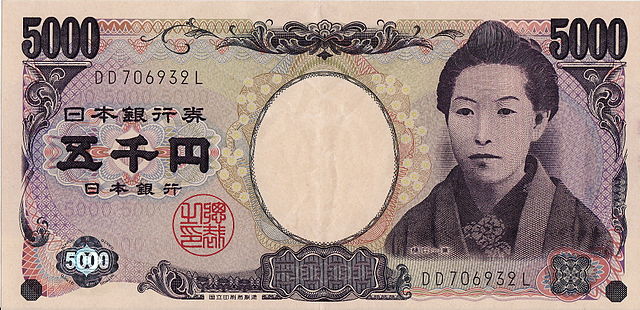
Travel expenses are an important factor for most travelers going to Japan. In fact, less than 3% of all international travelers use an expert travel planner to design their entire trip. Most tourists only rely on expert guidance for a day or for a cooking experience. So, private travel is different! That said, Japan is quite inexpensive (despite what the media might be saying!) and the yen has lost nearly 30% of its value since Covid.
Hotel & ryokan costs in Japan
Accommodation booking in Japan has become much easier with Booking and Expedia. In cities you can expect to pay Yen 16,000-Yen 22,000/night/room for 3-4 star accommodation. But you can spend as little as Yen 9,000/night/room in "obscure" 2-star hotels. In the countryside, hotels go down to about Yen 12,000/night/room and local ryokan inns are about the same (including breakfast and dinner in many instances)
However, there are times when the client requires special accommodation assistance or just can't book on their own due to peak season issues or because they are going way off the beaten track. Off the beaten track, where minshuku bed and breakfasts and small local ryokan inns (and temple) lodging are dominant, clients frequently ask me to make their accommodation bookings.
The other issue is super peak season in the Kyoto-Osaka zone: namely mid-March to early May and mid-October to early December. During these periods it can be almost impossible to find a room in Kyoto but I can with multiple phone calls.
Breakfast, lunch & dinner costs in Japan
Breakfast is almost always included in the hotel or inn night fee. But if it isn't or you love breakfast cafe hopping, you can expect to pay less than Yen 800 for a Western or Japanese breakfast.
Lunch is usually a fast, authentic inexpensive experience ranging from Yen 800-Yen 1,500/person. This usually means healthy noodle dishes or domburi rice bowls and the like. Reserved lunches during day tours are common when the group is large or the client is interested in high-end, longer lunches (kaiseki haute cuisine, tempura, sushi, etc). I regularly recommend restaurants and reserve tables across all of Japan (since 1990). I choose for cuinse quality and ambiance (garden settings, on terraces, and in unique old places). Please enquire. My restaurant reservation fee includes preferred seating type (counter, private room, etc.) and the round trip logistic instructions (bilingual) to and from the restaurant (for dinners). Japanese restaurant tips & Japanese cuisine types from A-Z.
Transportation costs in Japan
Transportation in Japan can be very inexpensive (public + walking or taxis for short distances), or it can be pricey (car and driver; or luxury car and driver; or bus and driver). It all depends on the choices you make and the way you like to travel. And please note: In cities like Tokyo and Kyoto a car & driver or a taxi is often not the fastest option (think rush hour, grid lock, super peak season). Below are the general costs from low to high. The choices are all yours!
The least expensive way to move around Japan is to take full advantage of the Japan's exceptional public transportation system. This includes subway, train, tram, and sometimes a bus (usually in countryside destinations). Inner city subway fares in Tokyo range from Yen 160/adult to about Yen 250/adult. My self-guided tours take full advantage of this system. I provide amazingly accurate logistics for any form of public transportation in Japan. Zip across Tokyo in minutes or easily get from JR Kyoto Station to Kyoto hot spots in super peak seasons (spring and autumn, when the city has 350,000 domestic Japanese visitors every day!).
A more expensive transportation option, and one that I make full use of during both guided and self-guided tours, are taxis. Usually, I design tours using taxis to skip quickly ahead to the next stop on your tour. In major cities like Tokyo and Kyoto you will find thousands of taxis and they are waiting in front of all big train and subway stations. The smart way to use a taxi in Japan is to travel less than 2 kilometers (1.25 miles) from A to B. Almost without exception, a 2-km ride will only cost you less than Yen 700 and that is worth it if traffic is moving at normal speeds. FYI: Note: 80% of the taxis in Japan can only seat 4 passengers. There are "big taxis" that can seat 5 but they have to be called in. On YJPT tours we include and recommend taxis where ever it saves time and does not cost too much.
For the elderly, travelers who can't walk too much, or clients with bigger budgets, vehicles and drivers can be hired by the hour. The hourly fee for a 4-passenger sedan or 9-seater van + driver is less than Yen 9,000/hour (luxury vehicles are more). In the countryside, i.e., beyond the big cities, the rate can be a little higher and even higher if you are crossing prefectural (state) borders. For luxury level travelers I often hire luxury cars and they are also available by the hour (usually with a 3-hour minimum). Everything from Mercedes and Lexus to BMW and Audi . . . The choices are all yours!
What YJPT charges for expert custom private tours & travel services
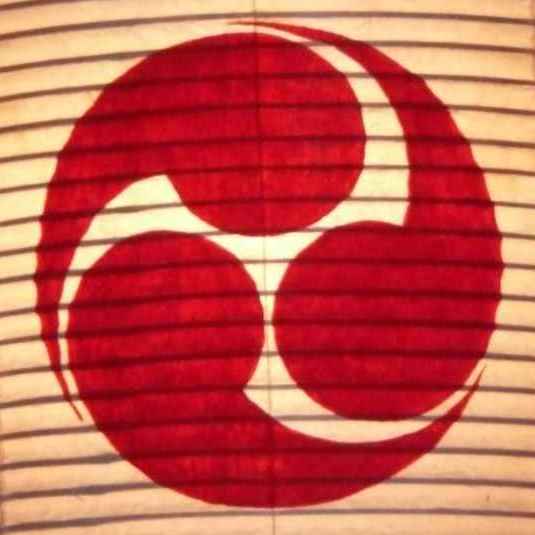
I, Ian Martin Ropke (unique on Google search) have providing expert Japan tour designs & travel services on all 5 Japanese islands since 1990.
There are few tour operators in Japan that do what I do, and none that use my powerful self-guided tour approach. If you really want your Japan trip to be perfect from start to finish, you will need an expert like me. Learn more!
Most clients want to know how much we would charge for trip planning. If your trip is more than 4 days, we charge a one-time itinerary planning & consultation fee of Yen 18,000/family or private group (~USD 120). This fee covers as many phone calls, WhatsApp text and emails it takes to perfect your daily & nightly itineraries (including foodie-perfect restaurant suggestions).
To calculate how much you would spend on my tailormade tour & travel services, use this formula:
1. Add up the number of days and nights you want a private tour (2, 4, 6, 8 hour tour length) and the cost of each tour you are interested in. For example, for up to 6 people NOT per person: An 8-hour self-guided or Sgt tour is Yen 25,500/family or private group; an 8-hour guided tour is Yen 72,000/family; expenses are not included but can be itemized). A half day self-guided tour is Yen 14,400/family or private group; a guided half day is Yen 39,000/family or private group.
2. Add up the number of restaurant reservations you want (Yen 4,800/family; includes to and from logistics and seating type).
3. Decide how many self-guided transfers you want from hotel A to hotel B during your trip (Yen 4,800/transfer/family).
4. Then add up the total of #1, #2, #3 above. And that would be what you would pay Your Japan Private Tours. There are no hidden costs or add-on fees. But do note that expenses are not included in any tour (Sgt or Gt) or rest rez or A-B transfer.
YJPT's full service JPY pricelist (100% retail prices, no hidden or added charges) for tours, transfers, restaurant experiences and more!
YJPT is a private tour operator and in the Japan private travel industry expenses are never included. We can give you exact expense details (subway, bus, entry, lunch, taxi, etc.) if you request that level of clarity for your planning process. Please enquire.
YJPTs' payment & cancellation policy
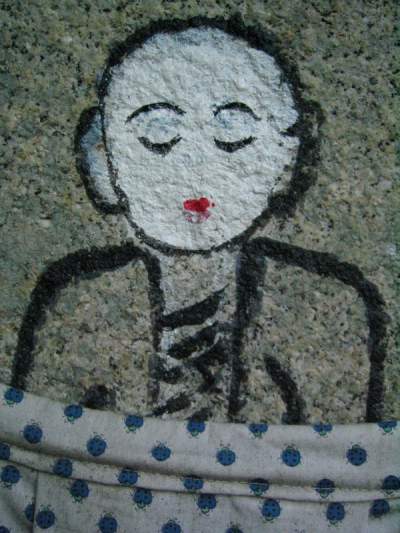
Private travel arrangements designed by Your Japan Private Tours Ltd are always approved, step-by-step, by the client (family, small group or corporation). This means that you, the client, will only receive an invoice for payment when the FINAL OK has been given by you, the client.
Once you have Final OKed the itinerary design--including all the services you chose for your Japan trip (guided tours, self-guided tours, Digital A to B transfers, restaurant reservations, and other client-specific services)--an invoice will be issued for payment. The client is requested to pay 50% of the invoice total IF they have booked any guided tours. If the client has only chosen self-guided tours (i.e., guided tours), the client is requested to pay 100% of the charges in advance.
I accept all major credit cards (processed by Stripe). I also accept payment via Wise (formerly TransferWise). International bank wire transfers are also possible, but less convenient.
Your Japan Private Tours' cancellation fees:
- 30 days prior to a Japan tour or travel service: 15% of the total charges;
- 21-11 days prior to a Japan tour or travel service: 30% of the total charges;
- 10-6 days prior to a Japan tour or travel service: 60% of the total charges;
- 5-0 days prior to a Japan tour or travel service: 100% of the total charges.
Notes: 1. Cancellation notice timestamp: The cancellation charges are based on the date and time when the cancellation notice is received in Japan Standard Time. 2. Down payments: Down payments are deducted from the total cost of the client’s Final OK tour package. 3. Your Japan Private Tours is a registered & licensed sole proprietorship in Ontario, Canada.
- Japan travel expenses & YJPT's retail-priced service fees
- Your Japan Private Tours' payment policy
- Pre-paid SUICA cards, internet, rsvs, tickets, ATMs, cuisine
- When & where: month by month & island by island essays
- Deep Japan content essays & biweekly blog posts
- Great books & films & videos to learn from!
Pre-paid SUICA cards, internet, rsvs, tickets, ATMs, cuisine in Japan
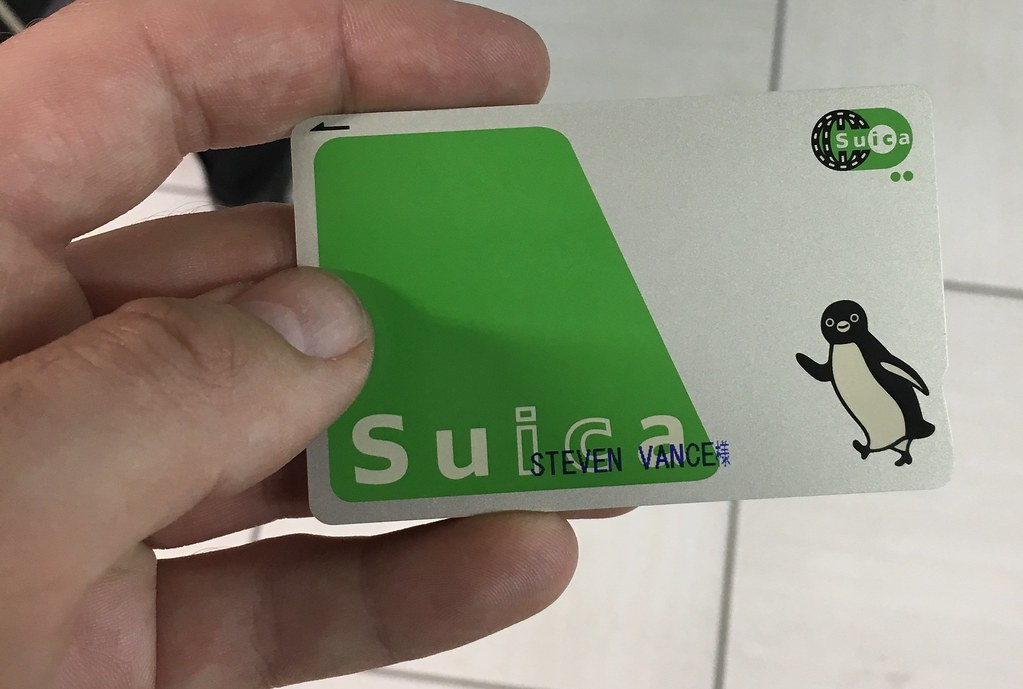
The top things to understand & consider before arriving in Japan
Public IC transit cards, country-wide mobile wifi access on the go, train & event ticket reservations, how to use Japan's ATM non-bank ATM networks (7-Bank and the post office, believe it or not!), restaurant reservations.
1. Internet access on the go: Purchase the inexpensive, super useful Pocket Wifi device provided by Japan Wireless (japan-wireless dot com; no affiliation); not to make phone calls but to access Google Map pins, and use Whatsapp and email on the go; these devices can be shared by a small group and are very inexpensive; and can be delivered to your arrival hotel.
2. Public IC transit cards: The value of Japan's IC ICOCA transit cards (ICOCA, SUICA, etc.) for saving time on the go when using local trains, subways and trams. And know this: Japan's public transportation infrastructure is 10/10! These IC cards can be recharged, and are easy to buy on arrival. Howver, YJPT can also get them for you and send them to your arrival hotel. The choices are all yours!
3. Train reservations: Do not worry too much about getting reserved shinkansen bullet train tickets; the fast Nozomi trains leave Tokyo every 15 minutes or so; but in super-peak season (March 20-May 07; October 20-Dec 01) making special arrangements to get tickets in advance is well advised between Tokyo and Kyoto (I can help with that); otherwise you can easily get your reserved bullet train tickets on arrival, in English more and more, at all major JR train stations; and you can book them for multiple legs in one session. Note: Japan Rail Passes are only advantageous for major cross country touring on the bullet train (and fast inter-regional specialty trains). The official Japan Rail Pass website tells you everything you need to know & is also the best place to buy these passes (no affiliation).
4. Getting cash from ATMs: Getting cash in Japan via the easy-to-use international ATMs in 7/11 convenience stores (and at the Post Office!) is super easy and convenient. Just do a nearby search for "seven eleven" in Google Maps. You can withdraw US$800/day/bank card with your PIN number. Easy and safe!
5. Local trip planning resources: For excellent Japan trip planning information in English, I highly recommend https://www.japan-guide.com/. This amazing website covers every single area of Japan with simple, well-written text and superb graphics. And they update their content so that it is always fresh. And it's all in perfect English! [Disclaimer: Your Japan Private Tours is an advertiser on Japan Guide.]
The following websites are excellent for the main hubs of Tokyo, Kyoto, Osaka, and Fukuoka. 1. For Tokyo, Metropolis is the best. This excellent website (and print magazine) is both for foreign residents living in Tokyo and for travelers. They have a really deep content database. Tokyo Timeout and Matcha are also quite good. 2. Since the demise of the Kyoto Visitor's Guide during Covid, the best place to look for Kyoto ideas and insights is Matcha magazine. 3. For Osaka, Osaka Info is pretty comprehensive for the basics. 4. For Fukuoka, visit Fukuoka Now. This site is owned and operated by a foreign led international team and they do good work!
Japan travel advice month by month & island by island
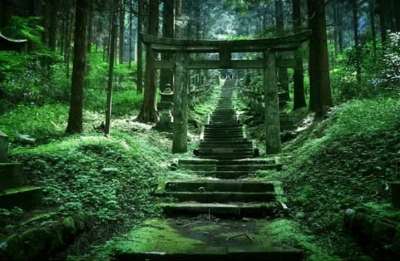
Great Japan travel planning is always about when & where. Japan has four distinct seasons, which are further broken down into 52 micro-seasons (reflected in kaiseki haute cuisine menus and in the Japanese tea ceremony). Spring begins in March, summer in June, autumn in September, and winter in December. Starting from roughly May, Japan's rainy season moves north from Okinawa to Kyushu, and Honshu (FYI: Hokkaido is unaffected by rainy season!). Japan's off season travel months (when Japanese domestic tourists are not super active) include the last two weeks of December, January, February, June, and September.
When it comes to where to travel in Japan there are really three answers. 1. Follow the Golden Route from Tokyo to Kyoto. 2. Avoid the "mainland" altogether and focus on Japan's other islands. From north to south: Hokkaido (snow sports, seafood, nature), Honshu (1,300 km long, 50-230 km wide; and bigger than the island of Great Britain!), Shikoku (Buddhist pilgrimage, beaches, nature, cuisine), Kyushu (Southeast Asian arrival paradise from food to nature and hot springs), and the tropical islands of Okinawa (scuba diving, jungle, hidden beach worlds). 3. The third answer for where to go is often based on a very specific interest or hobby. For example, I frequently work with bird watchers, and they tend to cover a lot of territory. Other clients are deeply interested in hiking, samurai & ninja, ceramics, washi paper or Shinto rituals . . . Every client is different! Learn more!
When: Month-by-month Japan travel tips & overviews
- March Japan travel overview & advice
- April Japan travel overview & advice
- May Japan travel overview & advice
- June Japan travel overview & advice
- July Japan travel overview & advice
- August Japan travel overview & advice
- Sept. Japan travel overview & advice
- Oct. Japan travel overview & advice
- Nov. Japan travel overview & advice
- Dec. Japan travel overview & advice
- Jan. Japan travel overview & advice
- Feb. Japan travel overview & advice
Where: Island-by-island Japan travel tips & overviews
Honshu Island: Honshu is huge! Beyond Tokyo and Kyoto lie the island's 1,300 km (810 mile) northern coastline, the timeless villages of the Noto and Tango peninsulas, Tottori's sand dunes, and the endless hidden wonders of Izu, Mie, and the Inland Sea.
Hokkaido Island: Hokkaido is home to major national parks, hot springs, flower landscapes, the last of the Ainu indigenous of Japan, scuba diving, and probably the best seafood in Japan. Hokkaido is so big that it takes nearly 8 hours to cross by train (no bullet train tracks except to the southern tip of the island.
Kyushu Island: Kyushu is a super popular destination for Southeast Asian travelers. Direct flights from Shanghai, Hong Kong, Taipei and elsewhere land at Fukuoka International. Kyushu is a world of adventure, romance, the best hot spring resorts in Japan, mountain villages, ceramics, bamboo baskets, and coastal wonders (and the island of Yakushima is absolutely amazing inland and along the coast).
Shikoku Island: Shikoku, just south of Osaka | Kobe | Hiroshima, is special for spiritual travel (the amazing 88 Buddhist temple pilgrimage), old and contemporary culture, stunning river and coastal settings, rice terraces, castles, and tangerine orchards.
The Okinawa Islands: Okinawa is famous for its world-class beaches, snorkeling, scuba diving, and a culture that is completely different from Japan's other islands. Okinawa has is own unique music and martial art styles.
- Japan travel expenses & YJPT's retail-priced service fees
- Your Japan Private Tours' payment policy
- Pre-paid SUICA cards, internet, rsvs, tickets, ATMs, cuisine
- When & where: month by month & island by island essays
- Deep Japan content essays & biweekly blog posts
- Great books & films & videos to learn from!
YJPT content: Japan travel news, history, society & culture
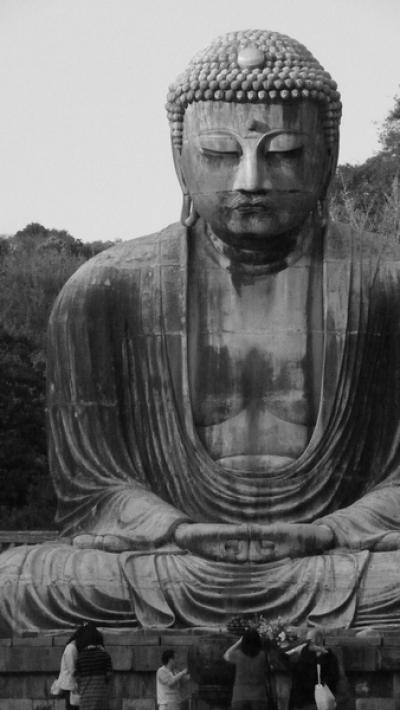
The French refer to Japan as "Planet Japon!" And Planet Japon is not an easy destination if you don't speak Japanese. Therefore, the more you know the better. Try to start planning and learning more about Japan long before getting on the airplane. For visas and flights and hotels, the internet will solve all your problems. But there are things worth reading up on and learning about. Japan's history, for example. Japan was first culture worldwide for firing ceramics and a Japanese woman wrote the narrative novel. Japanese culture comes in various flavors and most people are looking for old and new. Families with kids are looking for the contemporary charms of Japan like manga, anime, cosplay, and video games and characters. And then there are the unique and interesting ways the Japanese interpret Western ideas, ranging from delicious desserts and amazing theme parks to art, design and relaxation.
As a writer, Ian Martin Ropke, YJPT's founder, is always tring to post useful and interesting content for foreign travelers coming to Japan. And there are so many different kinds of travelers with so many unique interests. Learn more! YJPT's Japan culture & history essays can help you understand Japan better and learn interesting new things. To see all of YJPT's deep Japan essays go to our old-new Japanese culture essays index. Ian also publishes long-read blog posts regularly (two posts a week) that cover everything from Japan travel updates to all kinds of content about old & new Japan. YJPT weekly blog post index.
Useful Japan travel planning essays of note:
- Japanese history & key shoguns, dynasties and stories
- Modern Japanese society & insights
- Shinto in daily Japanese life
- Buddhism in daily Japanese life
- Kyoto's living world of machiya townhouses: old architecture in new businesses
- All about Japanese kids' heroes, foods, games and names
- Late 2004 interview with the 18th-gen owner of Kyoto's Aritsugu knife shop
- Historian Otis Cary, Kyoto, the Atomic Bomb and Oppenheimer the movie
Books & films & videos to experience before you go!

There are many excellent books on Japan but the ones I recommend most highly are as follows: 1. The Inland Sea (Donald Ritchie) for a timeless travelog through the islands of Inland Sea by one of Japan's greatest foreign writers. 2. The Roads to Sata (Alan Booth) is one of the funniest and most insightful looks at all of Japan by a man who lived in Japan for many years (and died there). This book is about his incredible walk from the northern tip of Japan to its southern tip. 3. The Hare With Amber Eyes (Edmund de Waal) is set in Paris, Vienna and Tokyo and is a fascinating tale of netsuke and the rise of Japanese art consciousness in 19th century Europe. Superb! 4. The Sea of Fertility trilogy by Yukio Mishima. 5. Anything by Junichiro Tanizaki (especially The Makioka Sisters and In Praise of Shadows). 5. The Woman in the Dunes (film and book) written by Abe Kobo.
There are also a number of must see movies about Japan that are well worth seeing before you go! 1. Lost in Translation (Sophia Coppola). 2. Black Rain (Ridley Scott). 3. Anything and everything by Akira Kurosawa (Kagemusha and Seven Samurai and Madadayo) and Juzo Itami (Tampopo and A Taxing Woman). 4. Last Samurai (with Tom Cruise). 5. The original Japanese version of Shall We Dance directed by Masayuki Suo. 6. Sea of Trees (Gus Van Sant; Matthew McConaughey; 2015).
You will also find useful information on my social media pages (see footer of this page), and I always appreciate people who share and follow my content, which in most seasons is posted once a week in both long-read and short-read formats with great images.
- Japan travel expenses & YJPT's retail-priced service fees
- Your Japan Private Tours' payment policy
- Pre-paid SUICA cards, internet, rsvs, tickets, ATMs, cuisine
- When & where: month by month & island by island essays
- Deep Japan content essays & biweekly blog posts
- Great books & films & videos to learn from!
Content by Ian Martin Ropke, owner of Your Japan Private Tours (est. 1990). I have been planning, designing, and making custom Japan private tours on all five Japanese islands since the early 1990s. I work closely with Japan private tour clients and have worked for all kinds of families, companies, and individuals since 1990. Clients find me mostly via organic search, and I advertise my custom Japan private tours & travel services on www.japan-guide.com, which has the best all-Japan English content & maps in Japan! If you are going to Japan and you understand the advantages of private travel, consider my services for your next trip. And thank you for reading my content. I, Ian Martin Ropke (unique on Google Search), am also a serious nonfiction and fiction writer, a startup founder (NexussPlus.com), and a spiritual wood sculptor. Learn more!